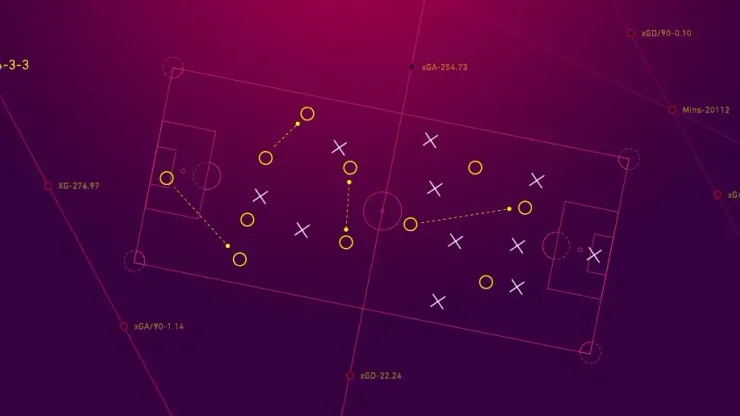It is safe to say that Arsenal are enduring a fairly tough season. The Gunners are currently sixth in the Premier League, they were knocked out of the FA Cup by a team in the bottom half of the Championship table, and most recently were thumped 3-0 by Manchester City in the League Cup final. Outside of a place in the Europa League round of 16, the north London club’s season has been full of disappointing moments.
While there can be many reasons behind Arsenal’s poor season, the crux of the club’s current situation has to be the defense, or lack thereof. The porous back line has not kept a clean sheet in the previous nine Premier League matches, and has only held teams scoreless twice in their last 15 total matches dating back to December 19th (a 1-0 FA Cup quarter final victory against West Ham).
Center back duo Laurent Koscielny and Shkodran Mustafi have both been widely inconsistent throughout the current campaign. The normally outstanding Koscielny, who was one of the top Premier League central defenders in recent years, has appeared to age quickly while also rumored to be battling a lower leg injury. Mustafi, on the other hand, can play well one game and then put in a shocking performance the next.
Manager Arsene Wenger has tried to implement different formations throughout the season to help with these defensive concerns. Starting the campaign with three center backs and two wing backs, a system that worked during the 2016/17 season, the Frenchman has sprinkled in a 4-2-3-1 and a 4-4-3 formation over the last couple of months. With mixed results, Wenger recently reverted back to the 3-4-2-1 for the aforementioned League Cup final loss on Sunday.
However, one interesting configuration that has shown to bear fruit is the 4-1-4-1 formation. Arsenal utilized the formation during the 4-1 smashing of Crystal Palace in January, a game in which was theoretically over inside of 20 minutes. The 4-1-4-1 with Mohamed Elneny deployed as the one defensive midfielder just in front of the back four gave the Gunners flexibility in the middle of the pitch.
In the formation, Elneny can slide back to aide the two center backs and practically become the third central defenseman in a back five when the team is under duress. Not only does this help a currently frail defense, but it also gives freedom to central midfielders Granit Xhaka, Jack Wilshere, and Aaron Ramsey to utilize the trio’s phenomenal passing attributes going forward.
Elneny is a Swiss Army Knife type of player that can be used in a multitude of ways. While not exactly the most talented player in the Arsenal team, the Egypt international does many things fairly well. He is superb on the ball, as shown by completing 94 of 97 passes (97%) during that Palace match. Elneny is also solid in defense, has quick feet (unlike Xhaka in this position), and is strong in duels with opposing players.
SEE MORE: Schedule of Arsenal games on US TV and streaming
Although not the ideal formation for the normally offensive-minded Wenger, the 4-1-4-1 could be a temporary fix to a more permanent issue that can be addressed following season’s end. The Gunners will now turn their attention to the Europa League and the final 11 Premier League matches remaining on the schedule.
200+ Channels With Sports & News
- Starting price: $33/mo. for fubo Latino Package
- Watch Premier League, Women’s World Cup, Euro 2024 & Gold Cup
The New Home of MLS
- Price: $14.99/mo. for MLS Season Pass
- Watch every MLS game including playoffs & Leagues Cup
Many Sports & ESPN Originals
- Price: $10.99/mo. (or get ESPN+, Hulu & Disney+ for $14.99/mo.)
- Features Bundesliga, LaLiga, Championship, & FA Cup
2,000+ soccer games per year
- Price: $5.99/mo
- Features Champions League, Serie A, Europa League & Brasileirāo
175 Premier League Games & PL TV
- Starting price: $5.99/mo. for Peacock Premium
- Watch 175 exclusive EPL games per season






